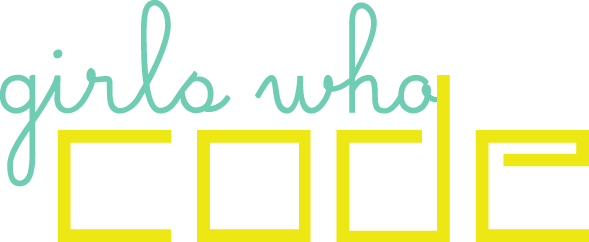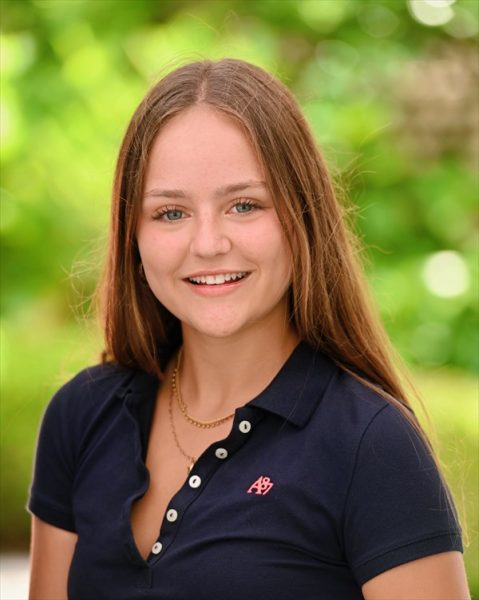Club creates more coding opportunities
The club offers an alternative approach to coding in the classroom environment.

December 10, 2015
A new club allows would-be coders to experience the web design, app development and graphic art of the Girls Who Code Summer Immersion program but in a flexible and less time-consuming way.
“It’s not just an opportunity for the girls to learn to code, but also an opportunity for them to set up a great network and meet lots of people in the tech environment,” physics teacher Riaz Abdulla, who is the faculty moderator, said. “I’ll get to learn alongside the girls as we apply computer science in practical and fun ways, which is really exciting.”
Forty hours of computer science instruction by a volunteer GWC-trained teacher over the rest of the school year form the backbone of the program. Field trips and presentations from female leaders in the local tech community are additional components, while a faculty moderator helps to coordinate basic logistics, according to Salleha Chaudry, West Coast Regional Director of Girls Who Code.
“The classes we offer here are really great for learning the nuts and bolts of coding,” Abdulla said. “This club is really just a space to play around with it, push its limits, and see what it can do.”
All Convent students are required to take one semester of computer programming in order to graduate, and may elect to take higher level courses with Doug Grant including Advanced Placement Computer Science and iPad Programming.
Launched in schools, community centers and libraries across the country, the goal of the clubs is to draw more girls into computer programming and break the stereotypes be- hind it, according to Salleha Chaudry, “The clubs bring together groups of young women who empower each other, and show that knowledge of computer science can be applied to any career path,” Chaudry said. “This is learning for the 21st century, and the clubs help to get the girls ready to succeed in whatever occupation they choose.”
All the activities will be based on something the girls express interest in so that the members retain excitement for their projects and will want to work hard for the success of the club, according to Chaudry.
Club curriculum includes two hours per week of cod- ing instruction — mostly in Java and Python — through project-based modules such as multimedia art, video game design and mobile app development, according to Abdulla.
“I first got involved with Girls Who Code because [Rebecca] Munda made an announcement one morning at assembly about it, and I decided to apply to see if I could get in,” club head Izzie Panasci, who attended the GWC summer program, said.
“Because there’s such a good computer programming course here already, the Girls Who Code experience ties in really nicely with what the school offers.”
The club can also help prepare students to apply to the GWC Summer Immersion program if that is something they are interested in, or just provide more coding time to girls who want it, according to Panasci.
“It’s good to try something new every once in awhile, and to see things in a new way which these programs do really well,” Panasci said.
An interest and introduction meeting took place last Friday, but members are still being accepted, according to Abdulla. The club will meet approximately once a week after school for two hours on Friday afternoons.









